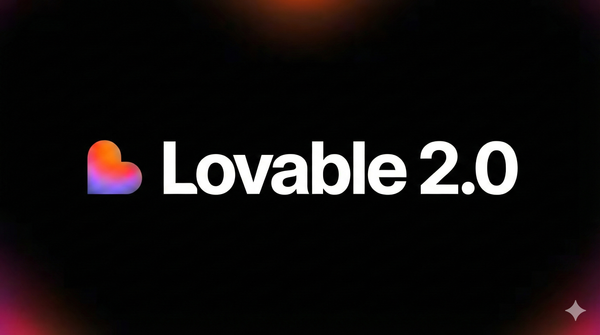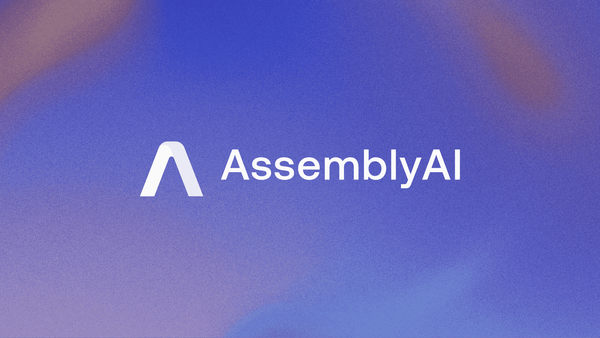Amplitude — Your AI-Powered Analytics Companion

Welcome to AI Brews — where we decode the AI tools the internet is buzzing about, one sip at a time. GPT-5 just landed with bigger reasoning, improved multimodal understanding, and cleaner natural-language interaction. That makes analytics tools more conversational and actionable than ever — which is exactly why we’re writing about Amplitude today.
The AI world just turned another page with GPT-5’s arrival — bigger reasoning, stronger multimodal understanding, and better natural-language interaction. That upgrade means you can ask richer questions of your tools and expect clearer, action-ready answers. If you’re a product manager, that’s great news — because analytics platforms have been racing to meet you halfway. Enter Amplitude: a product analytics suite that turns event data into decisions, and (increasingly) into plain-English answers you can act on.
Why Product People Use Amplitude
Amplitude is built around one idea: product teams should spend less time wrestling with SQL and charts, and more time deciding what to build next. It gives you the analytics primitives product managers care about — funnels, retention, cohorts, user paths, and revenue attribution — packaged with AI helpers that translate business questions into metrics and experiments.
In short: Amplitude helps you find where users get stuck, design experiments to fix it, and measure whether the fix actually worked.
Core AI Features Product Managers Should Know
Data Assistant
A quality check and advisor for your product data. It helps you validate events, detect oddities, and ensures the analytics you run are based on clean, meaningful instrumentation. For PMs, that means fewer false alarms and more confidence in the numbers you act on.
Ask Amplitude
A natural-language interface for analytics. Instead of writing SQL or building a funnel step-by-step, you type questions like “Where are new users dropping off during onboarding?” or “Show revenue by cohort for users who used Feature X.” Ask Amplitude returns charts, cohorts, and suggested follow-ups — fast.
Amplitude Experiment
An end-to-end experimentation suite. From hypothesis to variant design to rollout and measurement, Experiment ties your analytics directly to production changes. You can run A/B tests, feature flag rollouts, and gauge impact on retention and revenue — all while using the same event model that powers your analytics.
A Practical Example — Reduce Onboarding Drop-off
- Ask the Question
Open Ask Amplitude and type: “Show where new users drop off in the first 7 days of signup.” - Inspect the Funnel
Amplitude shows the onboarding funnel and highlights a 40% drop between “Finished tutorial” and “Completed first task.” - Segment with Cohorts
Create cohorts for users who dropped vs those who converted. Use demographic, traffic source, and device filters to find patterns. - Hypothesize and Build an Experiment
Hypothesis: adding a contextual tooltip on the tutorial will reduce drop-off. Use Amplitude Experiment to create two variants (tooltip vs control) and roll it to 10% of users. - Measure Impact
After the experiment completes, use the same event model to compare retention and task completion across cohorts. If the tooltip improves task completion and doesn’t hurt other metrics, roll it out.
Result: you moved from question → insight → experiment → decision without pulling reports from multiple tools or translating spreadsheets across teams.
Other Useful Capabilities
- Behavioral Cohorts — Build dynamic segments (power users, churn risk) and use them for targeting or experiments.
- Pathfinder & Funnels — Visualize common user journeys and identify unexpected drop points.
- Dashboards & Notebooks — Share interactive dashboards or write narrative analyses with charts embedded for stakeholder updates.
- Integrations — Works with data warehouses, product events, and BI tools so you can combine product telemetry with revenue and marketing signals.
Where Amplitude Can Be Frustrating
- Instrumentation first — Amplitude only shines if your events are well instrumented. Bad event design = misleading insights.
- Learning curve at scale — Small teams get value quickly; at large scale you still need governance and naming standards.
- Cost — Enterprise usage (heavy event volume, long data retention) can get expensive — check your expected event volume before committing.
Final Thoughts
With GPT-5 raising expectations for natural-language interfaces, analytics tools that pair solid instrumentation with conversational AI are becoming indispensable. Amplitude has built those foundations: high-quality behavioral analytics plus AI helpers that let PMs ask the right questions and act on the answers.
If you care about improving user flows, reducing churn, or making product decisions backed by data — Amplitude is the kind of analytics companion that turns raw events into clear next steps.
Explore more at amplitude.com.
If this article helped you understand Amplitude, check out our recent brews on Stitch, Runway, Postnitro, and POPAI.pro. Share this with a PM who’s wrestling with onboarding metrics. See you in the next brew.



